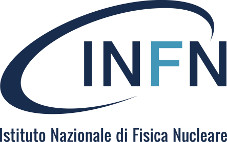Gravity and Other Fields Under the Volcano
→
Europe/Rome
Catania
Catania
Museo Diocesano
Piazza Duomo, Via Etnea, 8 - 95121 Catania
, ,
Description
|
|
|
One of the most pressing issues in modern physics is the quest for the physical laws describing our universe at very high energies. Experimental data from collider physics and from primordial cosmology constrain our theoretical descriptions normally encoded in effective (quantum) field theories, which are low-energy models of a, yet unknown, fundamental theory. In recent years the understanding of the ultraviolet completion of the standard model of particle physics has benefited from considerable developments. Notably, extensions of particle physics models have been found to be asymptotically safe, a property which is also shared by gravity if treated as an ordinary field theory. Significant progress to understand the fundamental nature of quantum spacetime has also come from other directions, both at the continuum level, as in the case of supersymmetric extensions, and in the discrete formulations, according to which the spacetime is an emergent concept. The aim of this conference is to put together various experts on unification theories and quantum gravity approaches in order to discuss theoretical and phenomenological implications of these topics in different areas, such as particle physics, high energy astrophysics, Black Holes and Early Universe Cosmology. |

Secretariat
Participants


